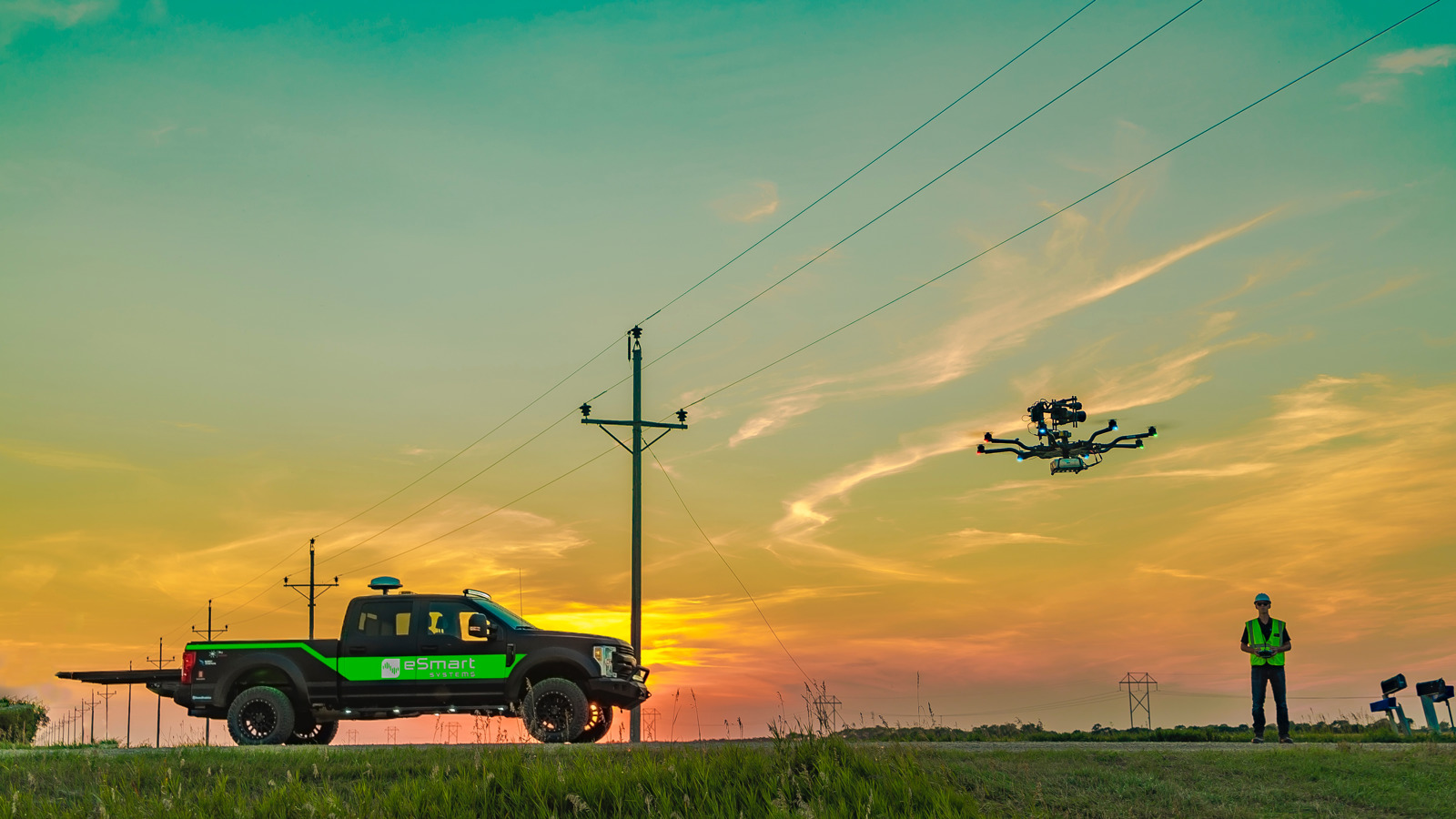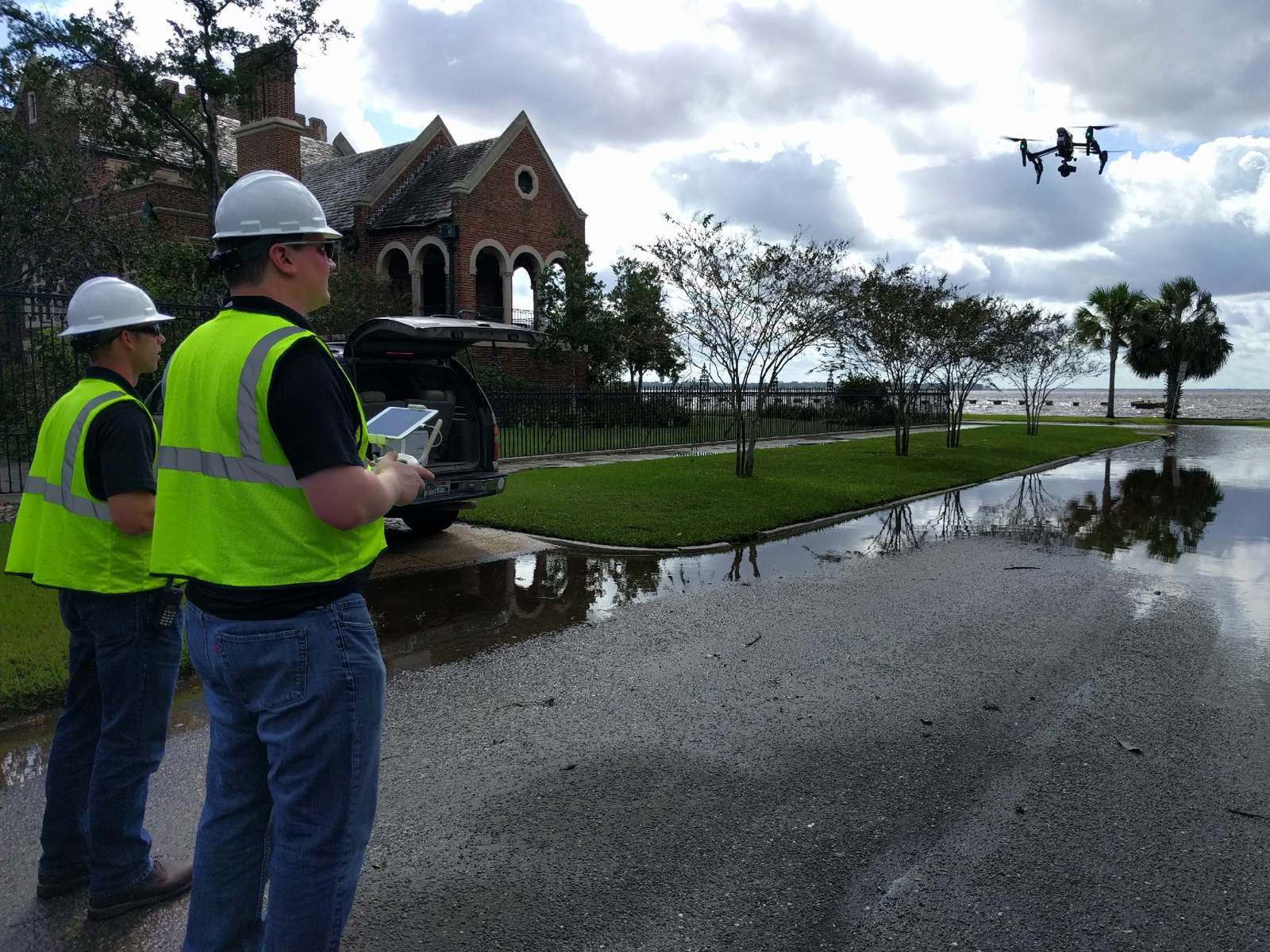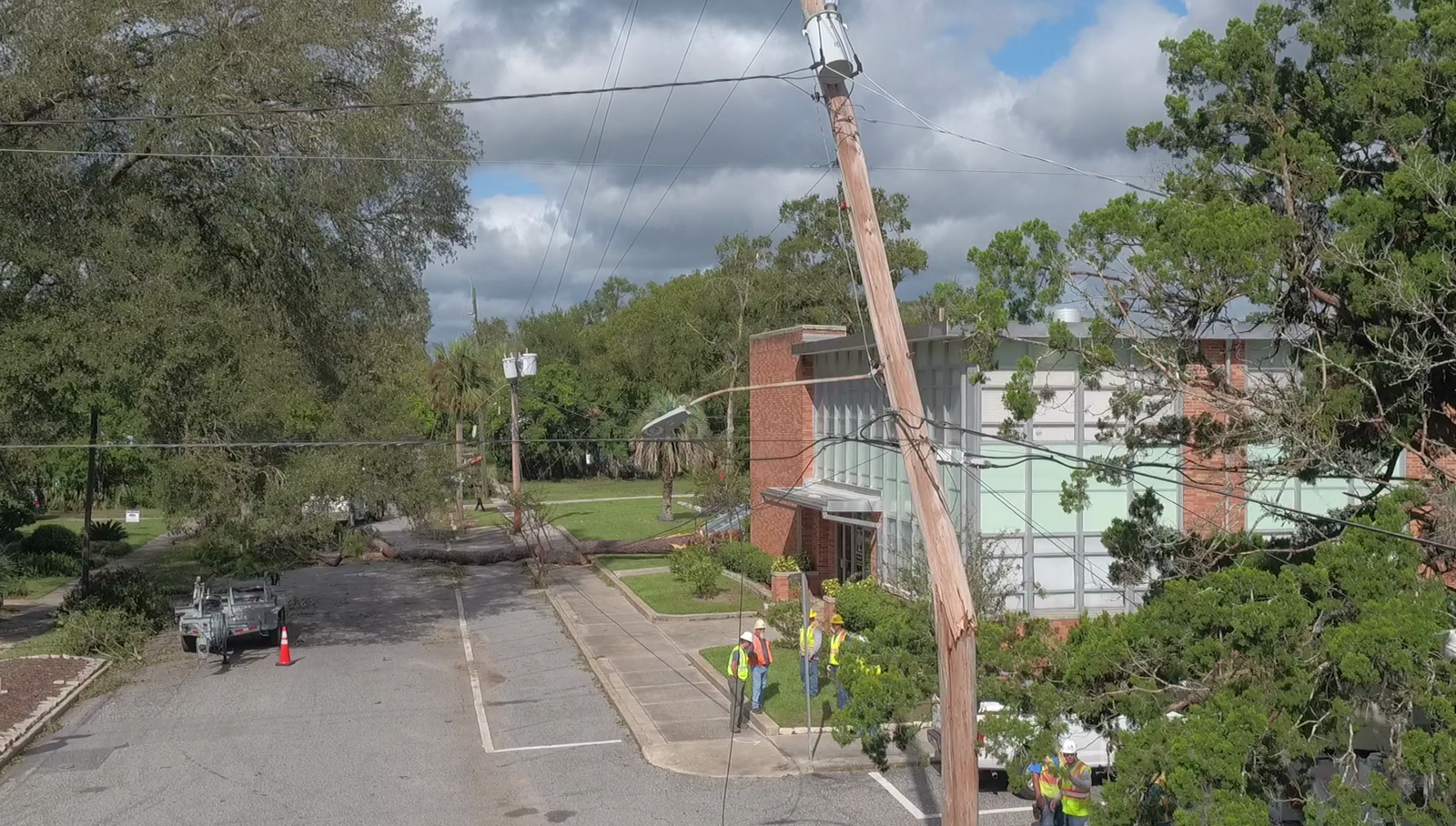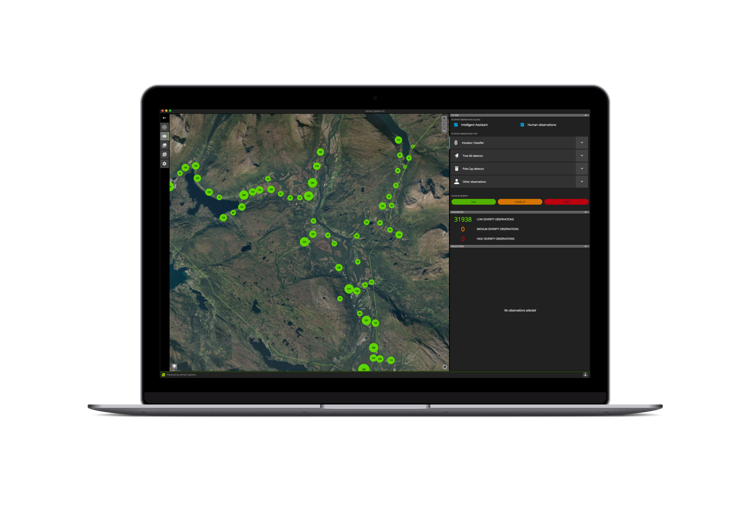
The drone inspects the power grid. Artificial intelligence analyses the data. Users save time and errors are fixed faster.
-
Text:OVE RONNY HARALDSEN
Photo:ESMART SYSTEMS
-
Ove Ronny HaraldsenGroup Communication Manager
This is a short summary of the Connected Drone concept from eSmart Systems, a company based in Halden, Norway. Connected Drone is being developed in collaboration with 12 Norwegian distribution network operators.
Its purpose is to find failures in the distribution network. The system has the capacity to analyse 100,000 images per hour and applies artificial intelligence to detect common sources of failure.
“Typical causes of power failure are trees falling on power lines, cracks in isolators and parts that have come loose. Another big issue in Norway is woodpecker holes that weaken and destroy the power poles”, says Knut Johansen, Chief Executive Officer at eSmart Systems.
AVOIDING POWER FAILURE
The 12 distribution network operators represent a third of the 345,000 kilometre power grid. This amounts to 120,000 kilometres of power lines from Troms in the north to Kragerø in the south of Norway. According to Knut Johansen, there are many benefits from using drones to inspect these lines.
“We believe this is an important part of an Intelligent Asset Management System, where operation and maintenance is data-driven to a much larger extent. Fresh data will here provide the basis for required predictive maintenance and for preventing or reducing the impact of issues”.
Johansen points to examples where use of Connected Drone has helped distribution network operators restore power 70 per cent faster than when using traditional methods. This is simply because the issue will be located faster.
Power lines have traditionally been inspected by helicopter, without advanced analysis of the data that are obtained.

USED IN THE AFTERMATH OF HURRICANE IRMA
“Half of the 12 companies are now using Connected Drone, and we expect the rest to follow suit before long. We have also signed a three-year contract with Statnett, where we will apply the same type of technology for the transmission grid system in Norway. This means that our group now includes both the national transmission system operator and a third of the distribution network operators”, says Knut Johansen.
Connected Drone was also used in the aftermath of the 2017 hurricane Irma that devastated Florida.
“Jacksonville Electric Authority contacted us and asked if we would be able to provide assistance in their district when the wind had subsided. We did so with great success and the feedback we got was crystal clear”, says Johansen.
With the aid of technology from eSmart Systems, Jacksonville Electric Authority was able to restore power significantly faster to the affected households. The use of drones made the job much safer for the recovery teams that were out in the field after the hurricane.
The company had previously seen objects falling from poles cause fatalities.

“We have benefited greatly from these services because there are areas we aren´t able to see. This has helped us not only with power restoration, but also with the safety of our crews”, says Geri Boyce, Jacksonville Electric Authority.
STRATEGIC PARTNERSHIP WITH KONGSBERG
Connected Drone is part of a system named Thunder Cloud. KONGSBERG delivers a number of technologies to this system.
“We are very satisfied with the maritime broadband radio from Kongsberg Seatex. Our aircraft system was supplied by Kongsberg Geospacial in Canada. And we are collaborating with Kongsberg Digital on a drone simulator that will allow us to study the effect of using LiDAR (laser radar) for drone navigation. In addition, we envisage Kognifai becoming part of the drone platform as a result of the work on integrating the eSmart System platform with Kognifai.”
“Is fully autonomous inspection of power lines the goal?
“Yes, that is correct. We are collaborating with KONGSBERG to see if fully autonomous flight can be achieved. Such an ambition is necessary to reap the full benefits of this technology. It involves flying along power lines, hovering in different positions around the poles, taking pictures and using sensors such as video, LiDAR and infrared cameras.

“In 2016, KONGSBERG and eSmart Systems entered into a strategic partnership where KONGSBERG has a 34 per cent share. How will this affect the future?
“The partnership with KONGSBERG will be very important. We know that our position is strong and that our total solution is market-leading. In the wake of hurricane Irma, we are seeing a lot of interest in the US, where we are now negotiating contracts with some of the biggest energy companies.”
In the US, eSmart Systems and KONGSBERG are working together to integrate KONGSBERG’s technology for detection of pipeline leakages with drone inspection.
"We believe this is an important part of an Intelligent Asset Management System". Knut Johansen, CEO of eSmart Systems
“Our ongoing discussions with energy companies and consortiums in the US are very promising. One of them consists of 30 major energy companies, where Statoil is one of the companies with infrastructure in the US. It is a huge market and we are doing our outmost to get there first. This is a great example of how the industrial collaboration with KONGSBERG may benefit both parties”, concludes Knut Johansen, CEO of eSmart Systems.


